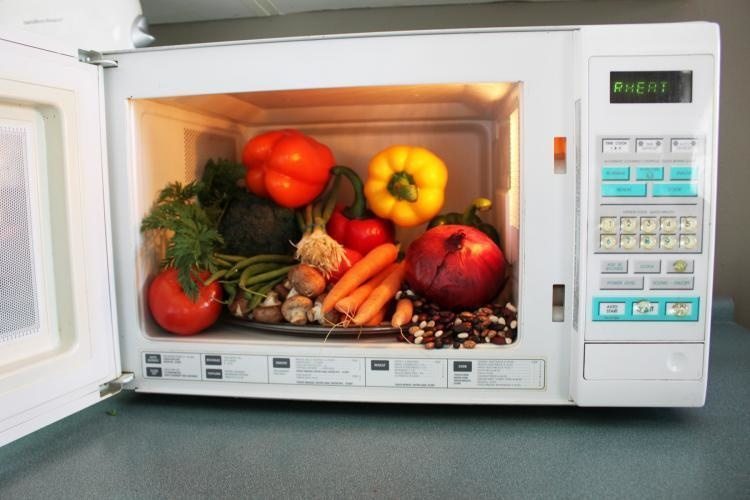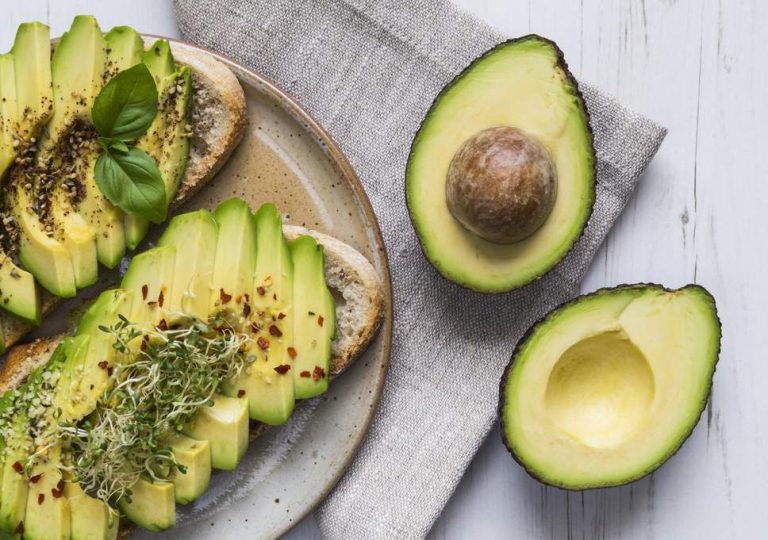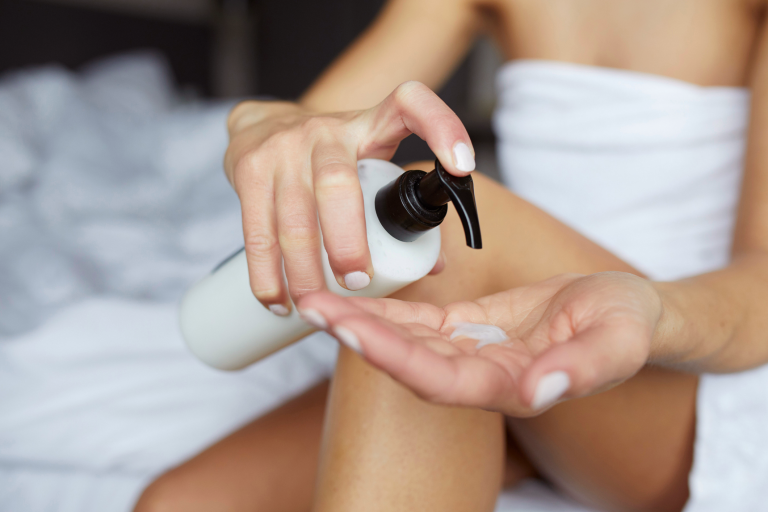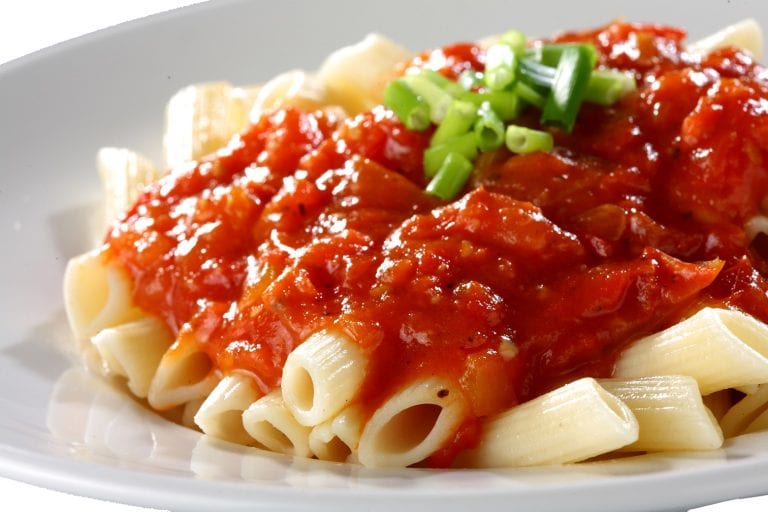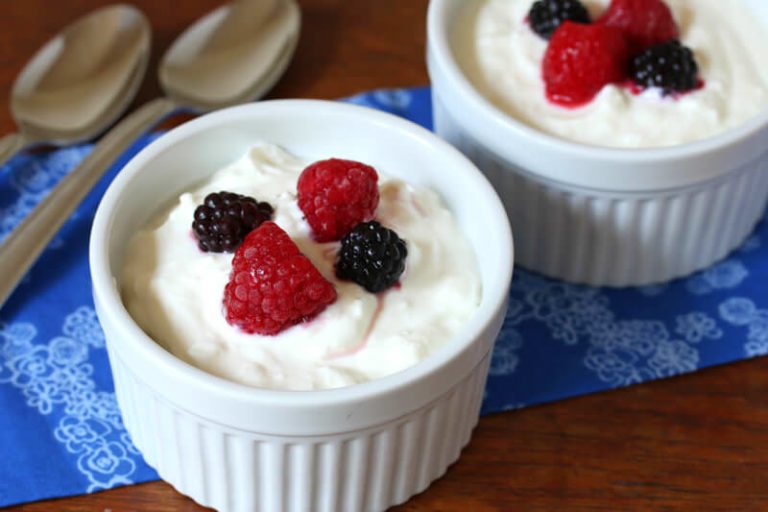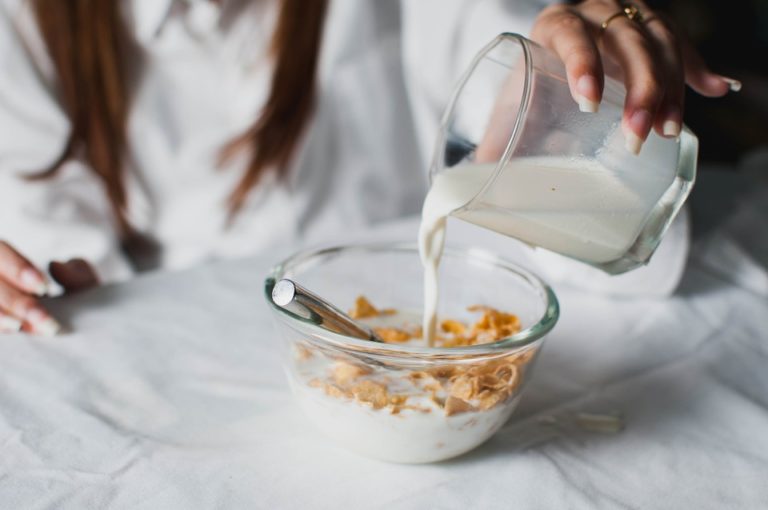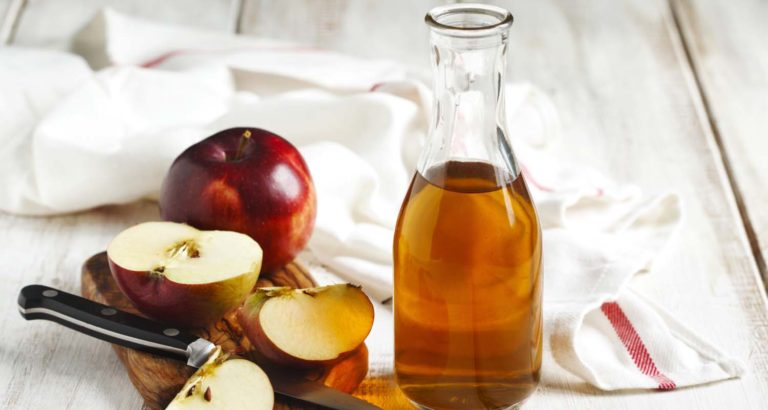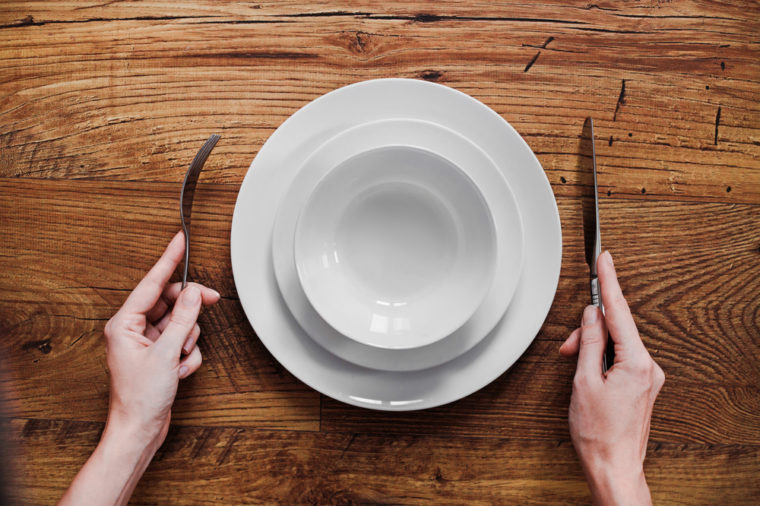
Body typing is often more hype than substance, especially when it comes to what to wear. (Not sure if you have a bikini body? If you have a bikini and a body, you’re all set.) But when it comes to your health, your body type can give you important clues about your particular risks and strengths.
The key? Where and how you store your fat. Some types of fat are harder on your health than others and may respond differently to different dieting techniques. For example, a study published in the Journal of Nutrition in 2015 found that a lower-carb, higher-fat diet resulted in greater abdominal-fat loss.
And though the study didn’t explore this, it might make sense for people who carry more weight in their stomachs to opt for a diet that reflects that nutritional balance. And that’s just the beginning: We spoke to nutrition experts to help you figure out what your body shape is telling you—and which diet is right for you.
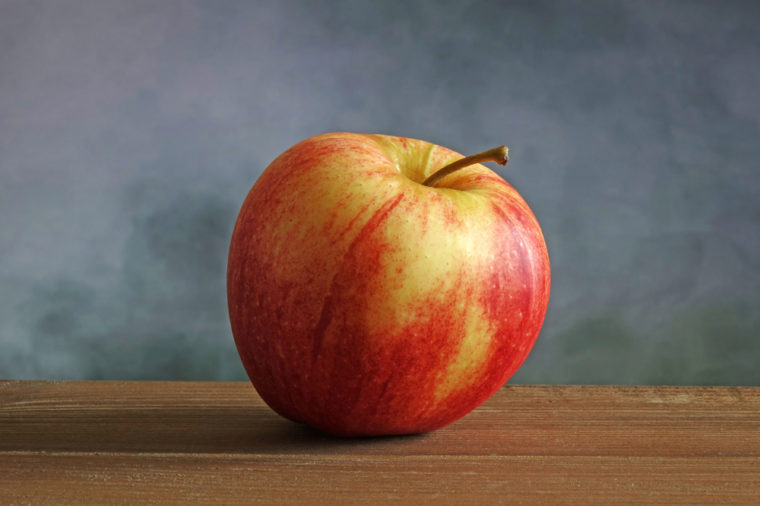
Apple body types
The Apple body type is shaped just like it sounds: a thick torso, broad shoulders, and smaller hips, legs, and arms. If you gain weight as an Apple, it’s likely to go straight to your stomach.
Carrying fat in your abdomen means you’re more likely to have fat around your organs, and this increases your risk of heart disease, diabetes, and metabolic syndrome, among other problems, according to Cleveland Clinic.
Apples: What to eat
Focus on eating healthy fats, says Laura Cipullo, RD, a registered dietitian and the author of Everyday Diabetes Meals. Forget the old diet advice that eating fat will make you fat: Monounsaturated and omega-3 fats will help you feel fuller, lead you to eat less, and help you trim your tummy and reduce your risks of heart disease and diabetes.
“Fat has a minimal effect on insulin levels, so you’ll get fewer blood-sugar spikes,” she says, adding that this translates into fewer cravings and more energy.
Apple types: What to avoid
Eating more healthy fats is only half the belly battle. Apple types also need to cut back on their carb intake, particularly simple carbs like sugary snacks, Cipullo says. This doesn’t mean you need to ban all carbohydrates, however.
“The only good diet is the one you can stick with, and for many people that means eating some carbs,” she says. Just try to limit them to 40 percent of your overall calories, and in general, limit sweetened beverages (including juice), bread, pasta, breakfast cereals, and junk food.
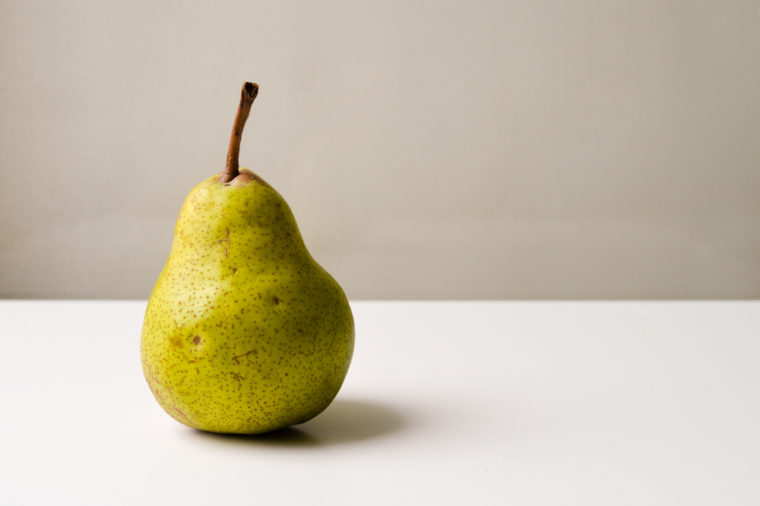
Pear body types
Narrow shoulders, small waist, and larger through the hips and thighs is how to describe Pear types. The good news is that so-called gluteofemoral fat on hips and thighs is one of the healthiest places to store excess fat, and according to a 2014 article published in Diabetes, people with this weight distribution tend to have a decreased risk of diabetes and cardiovascular disease. Still, excess fat is hard on your joints, heart, and brain, regardless of where it’s stored.
Pear types: What to eat
The main emphasis for Pear types is to work on building lean muscle while maintaining a healthy body weight, says Keri Glassman, RD, a celebrity nutritionist and brand ambassador for the healthy bouillon company BOU.
The best way to do this is to make sure you’re eating plenty of lean proteins, leafy greens, and healthy fats. “These are three integral pieces of any healthy diet, but it’s the combo that will help Pear types feel lean while building muscle,” she explains. In other words, eat more salads with lean meats tossed in.
Pear types: What to avoid
Limiting sugar doesn’t have to mean you can never have birthday cake again, Glassman says. Rather, it’s about looking at all the food in your diet and eliminating the things that have sugar for no good reason.
Sugar ends up in a lot of processed, pre-made foods, and things like pasta sauce, ketchup, bread, instant oatmeal, and peanut butter are notorious for hidden sugar. One easy rule of thumb: Avoid any food that has more than 3 grams of added sugar on the label.

Hourglass body types
Hourglass types carry their weight evenly between top and bottom, and have a defined waist. Women often desire this body type as it can translate to voluptuous curves, but it also means that it’s easy to gain 10 pounds without really noticing since the weight gets distributed equally over your body.
Hourglass types: What to eat
Fight sneaky weight gain with smart snacking. Instead of mindlessly reaching for a bag of chips or a toaster waffle, your carbs should be coming from high-quality, complex sources, Glassman says.
Your secret snack weapon? Veggies. Vegetables are not only good for you, but they also allow you to eat a lot of food without taking in a lot of calories, helping you feel full and satisfied, she explains. Good snack options for hourglass types: carrots and guacamole, celery and almond butter, and cucumbers and hummus.
Hourglass types: What to avoid
Your voluptuous figure may be due to higher levels of female hormones like estrogen and progesterone. While they can have health benefits, estrogen is also a fat-storing hormone that can lead to weight gain, which increases estrogen even further.
If your natural hormonal rhythm is disrupted (stress can be a cause), this can lead to an increase in appetite and sweets cravings, Glassman says. No matter what your PMS is telling you, save splurge foods—like pastries, candy, ice cream, and other high-sugar, high-fat treats—for special occasions only.
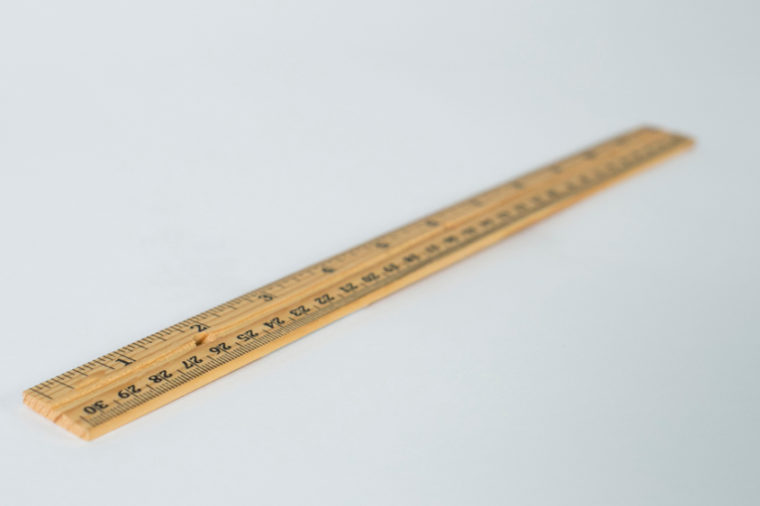
Ruler body types
If you have a naturally thin build with few or no curves, you’re probably a Ruler. When it comes to fat storage, this may be the luckiest body type of all: Rulers often struggle to gain weight, even when they try.
Still, that doesn’t mean you’re off the hook when it comes to your diet, Cipullo says. Too many Ruler types think that because they’re thin, they can eat whatever they want and skip the gym. But even if you don’t look overweight, you could have a high percentage of body fat, which makes you vulnerable to many diseases and health problems.
Ruler types: What to eat
The key for Rulers is to eat until you’re full—not too much, not too little, Cipullo says. She recommends a diet that balances carbs, fats, and proteins, and incorporates unprocessed, whole foods. Regular exercise is also important.
By eating and exercising in a proactive way, you can protect your body and lower your risk of health troubles down the road. Many Ruler types pursue endurance sports like biking and running, so make sure to get plenty of healthy carbs to fuel all of that activity, she adds.
Ruler types: What to avoid
Because Rulers tend to be underweight, not overweight, you should be careful about limiting food groups or types of foods. “It’s about finding what works for your body, not someone else’s,” Cipullo says.
Her one caveat? If you’re trying to build muscle, don’t overdo the protein powders, shakes, or large slabs of meat. “People these days eat too much protein,” she explains. “All your body needs is about 1 gram of protein per kilogram of body weight.”
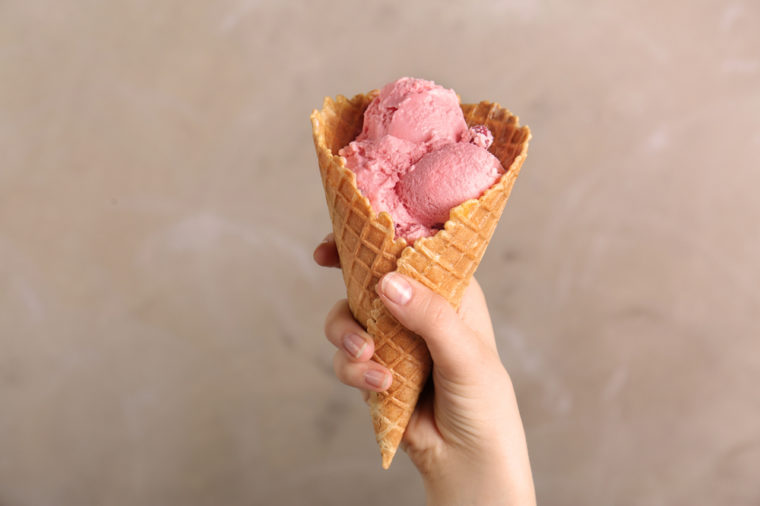
Ice Cream Cone body types
If you’re big in the chest, neck, and shoulders but smaller the farther down you go, you’re an Ice Cream Cone. (Which sounds delightful.) It may be easier to pack on muscle, especially in your upper body, but like Apple types, you’re also at a higher risk of storing fat in your stomach area.
Ice Cream Cone types: What to eat
Load up on carbs—as long as they’re whole-grain, complex carbohydrates, Glassman says. These foods provide you with long-lasting energy, as well as loads of satiating fiber to keep you full between meals.
Plus, research has shown that these types of carbs can reduce your risk of cancer, according to the Harvard T.H. Chan School of Public Health. Stock your pantry with quinoa, barley, brown rice, lentils, beans, and sweet potatoes.
Ice Cream Cone types: What to avoid
People with this body type need to work on controlling fat intake, Glassman says. This doesn’t mean filling your basket with processed fat-free snacks, but rather being smart about the types of fat you consume.
Her favorite way to make a fast, low-fat meal? “I throw together whole grains, broth, veggies, and BOU cubes to make a filling, nutrient-dense soup,” she says. While you can eat healthy fats, you should avoid fats in the form of MCTs (medium-chain triglycerides) or PUFAs (polyunsaturated fatty acids), as these can have an adverse effect on your body, she adds. Use these foods sparingly: coconut oil, cheese, butter, canola oil, vegetable oils, and seed oils.



